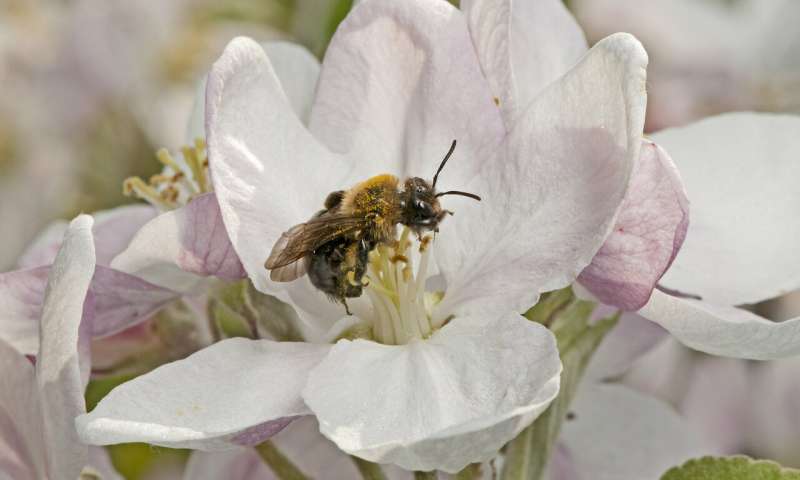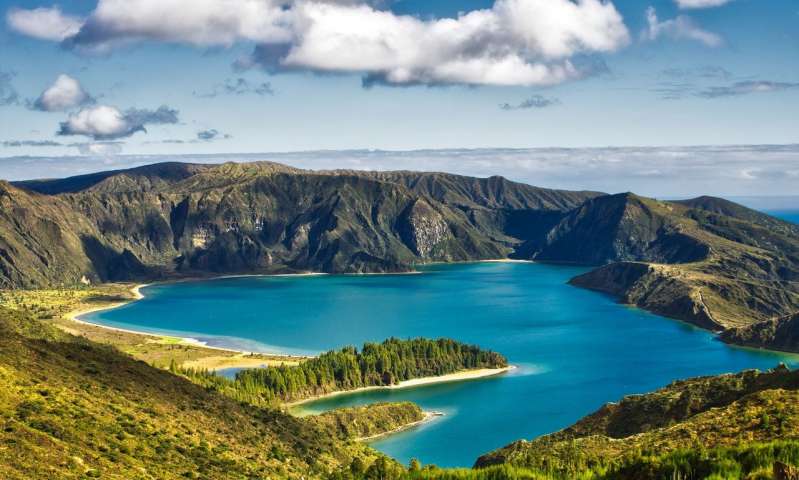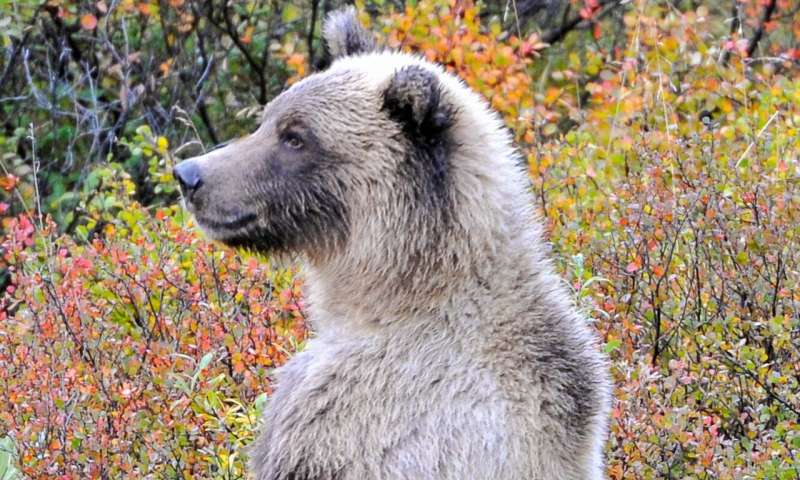In his year-end letter, Microsoft co-founder Bill Gates says his to-do list for 2019 includes persuading U.S. leaders to regain America’s leading role in nuclear energy research and embrace advanced nuclear technologies such as the concept being advanced by his own TerraPower venture.
Orchards in natural habitats draw bee diversity, improve apple production
Apple orchards surrounded by agricultural lands are visited by a less diverse collection of bee species than orchards surrounded by natural habitats, according to a new Cornell University-led study, published in the journal Science.
Penguins, starfish, whales: Which animals will win and lose in a warming Antarctic?
Marine Antarctic animals closely associated with sea ice for food or breeding, such the humpback whale and emperor penguin, are most at risk from the predicted effects of climate change, finds a new study published in Frontiers in Marine Science. Using risk assessments like those used for setting occupational safety limits in the workplace, scientists from the British Antarctic Survey determined the winners and losers of Antarctic climate-change impacts, which includes temperature rise, sea-ice reduction and changes in food availability. They show that seafloor predators and open-water feeding animals, like starfish and jellyfish, will benefit from the opening up of new habitat.
Researchers set standards for models in biodiversity assessments
Over the past 20 years, more than 6000 studies have used one of the most common classes of biodiversity modeling, species distribution models (SDMs). Over half of the studies using SDMs sought to apply their results to at least one type of biodiversity assessment, including forecasting the effects of climate change on biodiversity, or selecting places for protected areas, habitat restoration, and/or species translocation.
Urbanization may hold key to tiger survival
A new WCS-led study published in the journal Biological Conservation says the future of tigers in Asia is linked the path of demographic transition—for humans. The study marks the first-of-its-kind analysis that overlays human population scenarios with the fate of these endangered big cats.
Conserving large carnivores in Alaska requires overhauling state policy
Large carnivore management in Alaska should be based on rigorous science and monitoring of the status and trends of carnivore populations, according to a Perspective article published January 15 in the open-access journal PLOS Biology by William Ripple of Oregon State University, and colleagues.
13 Shocking Effects of Pollution
13 Very important and terrible effects of the pollution that us humans are creating from trash harming animals to noise pollution
Air pollution in Europe
France, Italy, the United Kingdom, Spain or Bosnia-Herzegovina…. All these countries, whether big or small, are being threatened with the same problem: air pollution. According to the World Health Organisation, this is now the environmental factor causing the greatest concern for our health. The European Environment Agency states that around 90% of the urban population in Europe is exposed to pollutants which are considered to be harmful.
Water pollution
Water pollution has become an increasing problem on our earth which is affecting the human and animal lives. It occurs when chemicals, waste or other particles cause a body of water to become harmful for everybody. Water Pollution is the contamination of water bodies like rivers, lakes, oceans, groundwater and aquifers; generally as a result of human activities. Let’s Learn the Causes, Effects and Ways to Stop Water Pollution.
Causes and effects of water pollution
Water is a basic resource that guarantees the life of all living beings on the planet. However, its scarcity and pollution cause millions of people to have poor access to this much-needed asset. Although there are processes such as water treatment or desalination that facilitate its treatment, use and consumption in areas with quality or supply problems, it is first necessary to avoid its contamination. In this video we show you what are the main causes of water pollution, as well as its effects.








